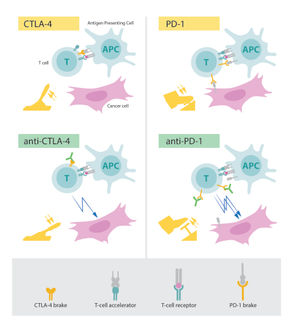Nventa Announces Final Data from HspE7 Phase 1 Cervical Dysplasia Trial
Advertisement
Nventa Biopharmaceuticals Corporation announced that it has completed analysis of immunological data from all four cohorts of its Phase 1 clinical trial for HspE7, its lead product candidate. HspE7 is a therapeutic treatment for patients with cervical intraepithelial neoplasia, or CIN, a precursor to cervical cancer. The primary cause of CIN is infection with certain human papillomavirus (HPV) types, of which HPV16 is the most common. Based on an analysis of HPV16 E7-specific T-cell responses across all cohorts, Nventa has identified a dose regimen of 500 mcg of HspE7 and 1,000-2,000 mcg of Poly-ICLC, a toll-like receptor 3 (TLR3) adjuvant, for subsequent Phase 2 trials.
The purpose of the Phase 1 trial was to determine the safety, tolerability and immunogenicity of HspE7 plus escalating doses of adjuvant (50, 500, 1,000 and 2,000 mcg of Poly-ICLC). All dose regimens were found to be safe and well tolerated. Immunogenicity analysis demonstrated that the adjuvant potently enhanced HPV16 E7-specific T-cell responses in subjects who demonstrated no or low responses at baseline.
"This Phase 1 trial has not only demonstrated HspE7's excellent safety profile, it has also provided compelling data to support the immunologic activity of the compound and identified the appropriate dose regimen for our future trials," said Gregory M. McKee, president and chief executive officer at Nventa. "We are very encouraged by these results and believe that HspE7 may offer an important therapeutic benefit for the millions of women with CIN."
In the first cohort (500 mcg of HspE7 and 50 mcg of Poly-ICLC), which was designed to establish a baseline for the study, there was limited HPV16 E7-specific T-cell responses. In cohort 2 (500 mcg of HspE7 and 500 mcg of Poly-ICLC), three out of four patients showed HPV16 E7-specific T-cell responses. In the third cohort (500 mcg of HspE7 and 1,000 mcg of Poly-ICLC), HPV16 E7-specific T-cell responses were elicited in all four subjects and all of these T-cell responses represented significant changes from baseline, indicating that the responses were a direct result of treatment with HspE7. In the trial's fourth and final cohort (500 mcg of HspE7 and 2,000 mcg of Poly-ICLC), two of five patients had significant increases in HPV16 E7-specific T-cells from baseline while the remaining three patients maintained high levels of HPV16 E7-specific T-cells that were already present at baseline. The absolute levels of HPV16 E7-specific T-cells in patients in the fourth cohort were similar to levels observed in the third cohort. The data, therefore, support doses of 500 mcg of HspE7 and 1,000-2,000 mcg of Poly-ICLC as appropriate for advancing into Phase 2 studies.
Findings from this trial verify the company's predicted mechanism of action for HspE7 as demonstrated by early preclinical models and support the compound's potential to treat HPV16- induced CIN. HPV16 is the most common subtype of the HPV virus and is responsible for a significant percentage of cases of CIN.



























































